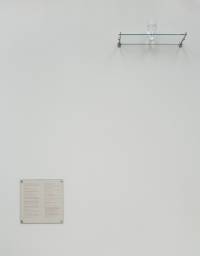What started out as a small scale – 19 galleries – art fair has since grown to welcome 60 established galleries across Asia. The 10th edition of ARTSingapore will be back on 8 to 11 October at Suntec Convention Hall Singapore. Following the market’s growing sophistication, ARTSingapore 2010 will continue to focus on introducing quality work in Asia.
Compared to its region counterparts, the growth approach ARTSingapore took is different. Consider Art Fair Tokyo. Started just 5 years ago, it now attracts 40,000 visitors, nearly thrice as much ARTSingapore. There is also Korea International Art Fair, which was established in 2001. With nearly e new4000 art works on showcase, it has twice as many exhibits as ARTSingapore.
Big is not a sure bet of being better. Artreach, the organizer, does best by keeping the fair ‘boutique size’ and accepting only quality art. After all the art market in Singapore (considering all other foreign input) still remains ‘boutique sized’. Why bother holding a mega fair which the turnout cannot match?
Each year, organizers hope for a surge in ticket and art sales. While pumping money into marketing and putting a brilliant show together helps, the driving force would be a concerted effort by the government and private companies in arts to hold more acclaimed shows locally. Easier said than done. But the point here is – resultant viewership and sales is not a good yardstick to measure a singular show’s success.

Downsized from 110 galleries in 2008, this year's ARTSingapore will showcase 2000 artworks from 60 galleries
While looking forward to the upcoming fair, especially multi-media work by video artist Tan Kai Syng, it will also be interesting to note the proportion of different art mediums, subjects and of course, the prices!
Finally, if ARTSingapore is serious about focusing on art outreach here, then where is their Facebook account? What other mediums have a wider reach than the internet?
Find out more about ARTSingapore









